Why do you hate maples so much?
edlincoln
9 years ago
Featured Answer
Sort by:Oldest
Comments (38)
Toronado3800 Zone 6 St Louis
9 years agogardengal48 (PNW Z8/9)
9 years agoRelated Professionals
Derry Landscape Architects & Landscape Designers · Folsom Landscape Architects & Landscape Designers · East Patchogue Landscape Architects & Landscape Designers · Anderson Landscape Contractors · Blue Springs Landscape Contractors · Fair Oaks Landscape Contractors · Lynchburg Landscape Contractors · Mission Viejo Landscape Contractors · Nutley Landscape Contractors · University City Landscape Contractors · Beaumont Siding & Exteriors · Largo Siding & Exteriors · Atlantic City Decks, Patios & Outdoor Enclosures · Baton Rouge Decks, Patios & Outdoor Enclosures · Philadelphia Decks, Patios & Outdoor Enclosuresrhizo_1 (North AL) zone 7
9 years agoedlincoln
9 years agoLars
9 years agosurya55_gw
9 years agogardengal48 (PNW Z8/9)
9 years agoEmbothrium
9 years agoHuggorm
9 years agogardengal48 (PNW Z8/9)
9 years agoken_adrian Adrian MI cold Z5
9 years agoedlincoln
9 years agoEmbothrium
9 years agosam_md
9 years agoedlincoln
9 years agoghostlyvision
9 years agogardengal48 (PNW Z8/9)
9 years agoEmbothrium
9 years agoedlincoln
9 years agoHuggorm
9 years agosam_md
9 years agooldfixer
9 years agoEmbothrium
9 years agogardengal48 (PNW Z8/9)
9 years agoedlincoln
9 years agomikebotann
9 years agoginkgonut
9 years agoviburnumvalley
9 years agoviburnumvalley
9 years agoken_adrian Adrian MI cold Z5
9 years agogardengal48 (PNW Z8/9)
9 years agoedlincoln
9 years agowhaas_5a
9 years agoedlincoln
9 years agobengz6westmd
9 years agonandina
9 years agopoaky1
9 years ago
Related Stories

GARDENING GUIDES8 Plants That Snobs Love to Hate — and You'll Love to Grow
Don't dismiss these common annuals, perennials and shrubs — there are reasons they've been popular for so long
Full Story
MOST POPULARSo You Say: 30 Design Mistakes You Should Never Make
Drop the paint can, step away from the brick and read this remodeling advice from people who’ve been there
Full Story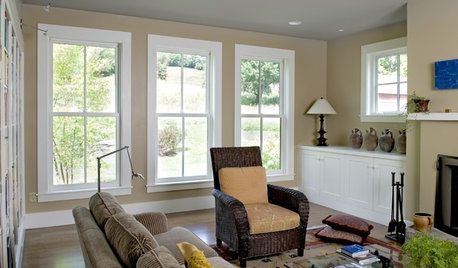
LIGHTINGSo You Bought a Cave: 7 Ways to Open Your Home to Light
Make the most of the natural light your house does have — and learn to appreciate some shadows, too
Full Story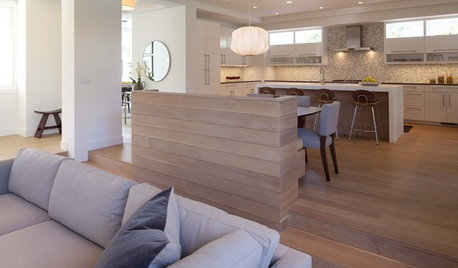
DECORATING GUIDESSo Your Style Is: Contemporary
What's contemporary style? Strong lines, smooth forms, minimal accessories — with room for rule breaking
Full Story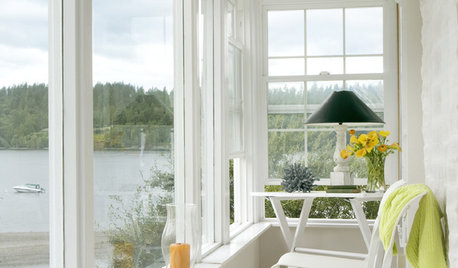
DECORATING GUIDESSo Your Style Is: Coastal
Bright and breezy, coastal style transports you straight to the beach no matter where you call home
Full Story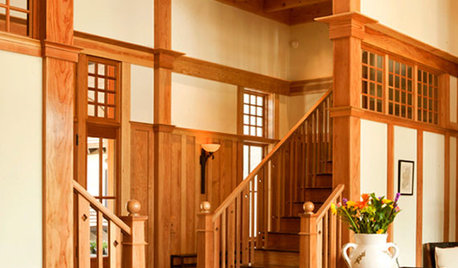
DECORATING GUIDESSo Your Style Is: Arts and Crafts
With a dual focus on nature and craftsmanship, Arts and Crafts home interiors have a wholesome, organic appeal
Full Story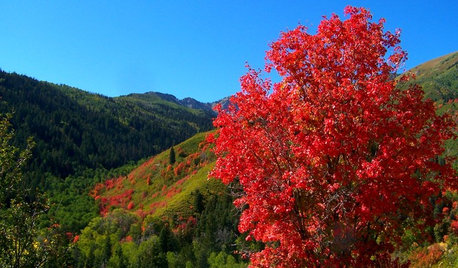
GARDENING GUIDESBigtooth Maple, the West’s Native Sugar Maple
Plant Acer grandidentatum for cool shade, brilliant autumn colors and songbird habitat
Full Story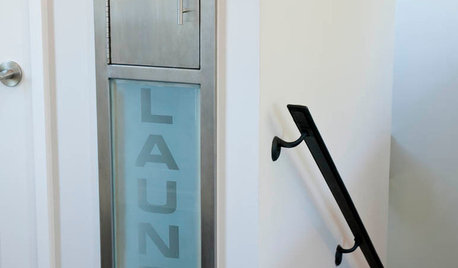
GREAT HOME PROJECTSHate Hauling Laundry? Give Dirty Clothes the Chute
New project for a new year: Install a quick route to the laundry room
Full Story
SHOP HOUZZShop Houzz: Love It or Hate It? Controversial Home Decor
Take your pick of taxidermy, antlers, faux plants, cowhides and reproductions of famous art
Full Story
FURNITUREWhy It's OK to Hate Your New Custom Sofa
It takes time to get used to bold new furniture, but dry your tears — the shock can be good for you. Here's what to expect
Full StoryMore Discussions






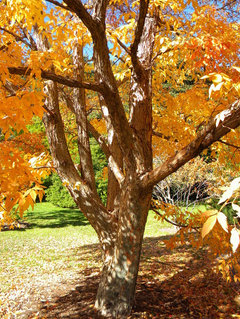
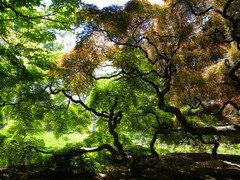



oldfixer